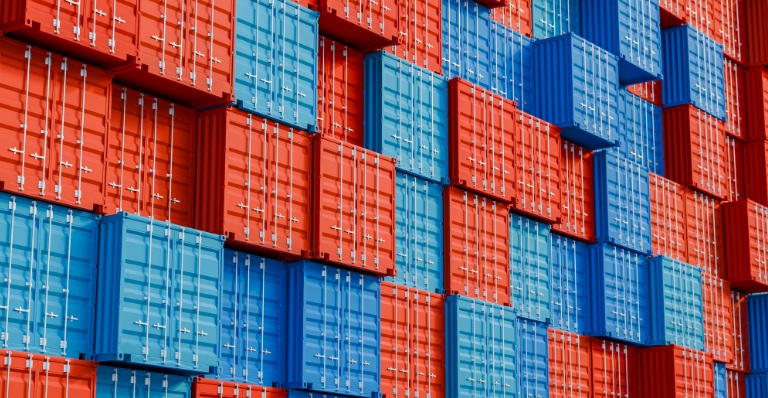Consumers make up the biggest chunk of the global economy. They account for 60% of GDP in most economies, and in the United States, the world’s top economy, they account for a whopping 70% of activity. With the world embroiled in the COVID-19 crisis, what is the impact on the consumer, and how is this affecting the forecast?
More than other economic sectors, consumers generally entered the COVID-19 episode in good shape. Canada’s consumers were not the stellar performers, but U.S. and European consumers boasted low unemployment rates, the highest rates of labour force engagement since the Great Recession, wage increases that were decent and savings rates that put them in a much better financial position than in 2008. This was one sector of the economy that in general seemed untouched by trade policy turmoil, or any other economic disruptions. Regarding labour, for the first time in a long while, it was a seller’s market, and if anything, tight labour constraints could indeed have led in short order to wage inflation.
The initial reaction of consumers in developed economies was sanguine; life continued in a normal cadence. Spending patterns stayed the course, people were still going on vacation, even those now deemed high risk, were all moving about freely, and confidence was high. Initially, the crisis was viewed as “someone else’s problem,” and that in general the need for overall concern was low.
Clearly, things are very different now. One of the first manifestations of concern was the anticipated negative supply-chain effect: if production was really going to shut down, I may not be able to get basic necessities. What started as a general run on toilet paper—fed by speculation and rumours—became more generalized as empty shelves extended to other parts of the grocery store. The food supply chain is operating remarkably well given the spike in demand; runs like this, if notched up, can easily drain the system. Incidentally, swift moves by policymakers to secure food supply chains are creating some of the most favourable conditions the food production, processing and distribution systems have seen in years, and they’re one of the sectors that could emerge least scathed by the current situation.
Second-round impacts could be more consequential. In addition to aggravating concerns about available supplies, job security is a major issue. During the week of March 23, unemployment insurance claims in both Canada and the U.S. skyrocketed at rates not seen before, with America adding three million to the rolls of the unemployed in just one week. If this cadence persists, the U.S. unemployment rate will soon leap over its peak level in 2009 and could go well beyond. This is the single largest threat to global growth in the immediate term, and while we don’t expect it to last long, it will be a monstrous shock to overall performance.
At this point, the outlook is grim. However, the speed of decline in activity has elicited a huge policy response, far greater already than what was seen in 2009. Given that a key part of many nations’ plans is income support, and that more countries are joining this bandwagon, there is a significant, but far from complete, offset to the drop in activity that is expected.
Let’s remember that from a 35,000-foot view the impact of a virus on the economy is typically very temporary, and that judging by past virus events, much of the activity that’s lost is ultimately recaptured. This is especially true for those who will continue to draw an income during the lockdown period, but have far fewer things to spend it on. This key source of pent-up demand is one of the key consumer dynamos on the other side of the crisis.
A critical difference this time around is the magnitude of COVID-19’s impact, and whether a good portion of that impact becomes permanent. To a large degree, that depends on the extent of damage to consumer psychology. If we’re collectively transfixed on when the next virus will hit, then there could be a permanent change in commercial behaviour that inhibits the economy in a more-or-less permanent way. This isn’t the way we reacted to SARS or other major virus incidents, but it’s always a danger the economy faces in an episode like this.
The bottom line?
Consumers are critical to the economy, and are therefore a key to how the world economy weathers COVID-19. The magnitude of current events is alarming; as such, it’s even more important to emphasize that while drastic action is needed to contain and weather this episode, if history repeats, there’s a “morning after” that we should not lose sight of.
This commentary is presented for informational purposes only. It’s not intended to be a comprehensive or detailed statement on any subject and no representations or warranties, express or implied, are made as to its accuracy, timeliness or completeness. Nothing in this commentary is intended to provide financial, legal, accounting or tax advice nor should it be relied upon. EDC nor the author is liable whatsoever for any loss or damage caused by, or resulting from, any use of or any inaccuracies, errors or omissions in the information provided.






